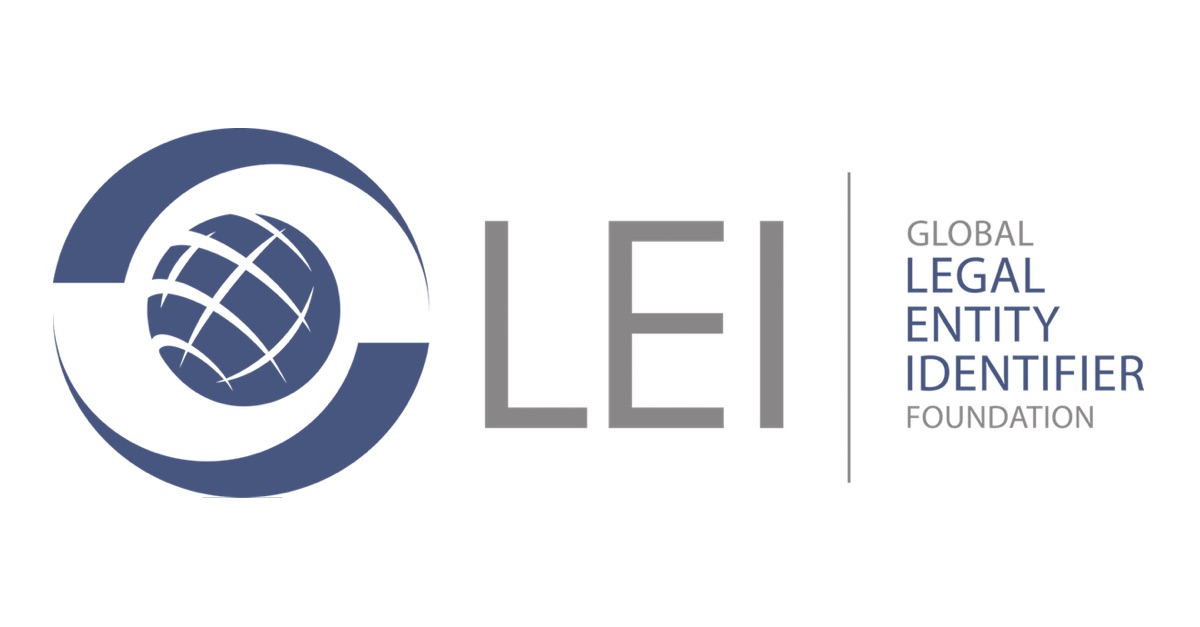Due to the requirements of BaFin and additional European regulations, all transactions subject to reporting must be carried out with an LEI. For example, in the European Markets in Financial Instruments Directive (MiFID II) and the EU Financial Markets Regulation (MiFIR), ESMA has stipulated that the LEI should be used to clearly identify the counterparties involved in a transaction.
In other words, using the LEI to identify entities in cross-border trading can help to significantly reduce both costs and data reconciliation efforts. In short: trading without an LEI is not possible.
GLEIF: A G20 initiative
We wanted to know what this means for the future, so we spoke with Stephan Wolf, CEO, Global Legal Entity Identifier Foundation (GLEIF) to find out. The Global Legal Entity Identifier Foundation (GLEIF) is an international non-profit organization headquartered in Basel, Switzerland. It was founded in June 2014 by the Financial Stability Board on the initiative of the G20 with the mandate to promote the implementation and use of the LEI.
Q: What is the Legal Entity Identifier (LEI)?
The LEI is an alpha-numeric code which is as unique as a fingerprint. It links to a system in which the identity of a legally registered organization, or ‘legal entity’, can be quickly verified by anyone, anywhere. It can be thought of as a kind of digital international company ID card; each LEI ‘record’ contains high quality business card information. This enables questions relating to identity („who is who“) and ownership („who owns whom“) to be answered unambiguously. The reference data associated with an individual LEI, i.e. publicly available information on a legal entity, is constantly validated against public third-party sources.
On a technical level, the LEI code consists of 20 characters and is based on the 17442 standard from the International Organisation for Standardisation (ISO). For example, the LEI code of the European Central Bank (ECB) is „549300DTUYXVMJXZNY75“ and the reference data associated with it can be viewed here.

Q: What problem does the LEI solve and what are the responsibilities of the Global Legal Entity Identifier Foundation (GLEIF)?
With endorsement from the G20, GLEIF was founded in June 2014 by the Financial Stability Board (FSB) with the mandate to support the implementation and use of the LEI. GLEIF’s initial aim was to increase transparency in the global financial markets after the financial crisis – through the clear and doubtless identification of companies operating in capital markets. This allows supervising authorities’ to better evaluate systemic and emerging risk, identify emerging trends and take corrective steps.
Having successfully implemented the LEI for this purpose, GLEIF now has a broader mission: Every company worldwide should be able to obtain an individually assignable digital identity. Rapidly advancing digitalization requires an immediate and automated identity verification between counterparties in order to secure the growing number of digital business activities or transactions.
This is exactly what the Global LEI System offers: It provides stakeholders across global markets, such as banks and financial institutions, their potential business partners, as well as product and service providers and other regulated and unregulated companies, with an open, standardized and commercially neutral system access to the most important legal reference data of companies. Enabling open access to verifiable company data leads to greater transparency, legal certainty and, above all, permanently strengthens trust between market participants.
GLEIF is not responsible for issuing LEIs itself. This role is managed by LEI issuing organizations, operating in individual countries. Companies can therefore obtain their own unique digital LEI directly from these organizations. GLEIF provides the organizational, technical and legal infrastructure to support this and is responsible for ensuring these organizations remain compliant to relevant regulations.
GLEIF also supports the availability of the Global LEI Index, a publicly accessible LEI database which offers users the opportunity to obtain open, standardized and high-quality reference data on companies, organizations and legal entities. This data is updated annually in order to uphold high data quality.
Q: What value does the LEI offer to the banking and financial services sectors?

Traditional onboarding processes for banks and financial institutions in particular still involve a lot of manual effort. In order to bring in new clients, these institutions have to internally manage costly and time-consuming KYC processes and other requirements related to customer identification and verification.
A research report, produced by Loudhouse on behalf of GLEIF in 2018, found that financial institutions use at least four different identifiers during the onboarding process. Using multiple identifiers leads to inconsistent information and is a drain on resources, resulting in a lack of transparency due to a reliance on proprietary identification systems. The root of these challenges is the lack of a standardized approach to legal entity verification.
The LEI presents a significant opportunity to optimize this onboarding process. A 2019 report by McKinsey, commissioned by GLEIF, highlighted that financial institutions using the LEI could shorten time-to-revenue by up to seven days by enabling faster onboarding, improving client retention by delivering a better customer experience and by generating a more holistic view of clients.
GLEIF recently launched a new role within the Global LEI System for all financial institutions, including fintechs: the Validation Agent. It allows financial institutions to leverage existing onboarding processes to obtain an LEI for their customers. Doing so delivers a variety of cost, efficiency and customer experience benefits by simplifying the LEI issuance process. The resources gained can then be invested in the development of new, innovative services to help foster digital innovation.
Q: How early should a fintech or start-up deal with this topic?
Right from the start! At every stage along the corporate value network in digital finance, there is a need for a uniform and standardized way of identifying companies. This starts with the digital onboarding process and goes all the way to the identification of crypto-asset issuers. Enabling better business decision-making and faster processes are made possible via high-quality, secure and comparable data. Digital identity management also brings with it cost savings and more efficient KYC processes.
Q: What are GLEIF’s long-term plans?
GLEIF is extending the Global LEI System to create a fully digitized and cryptographically verifiable LEI (vLEI) capable of enabling instant and automated identity verification between parties. This will enable organizations to use non-repudiable identification data pertaining to their legal status, ownership structure and authorized representatives in a huge number of digital activities.

This includes the approval of business transactions and contracts, customer onboarding, transactions within import/export networks and supply chain networks, as well as the filing of regulatory documents and reports. With a fully digitized and cryptographically secured LEI service, companies will be equipped to participate in the global digital economy for years to come.






